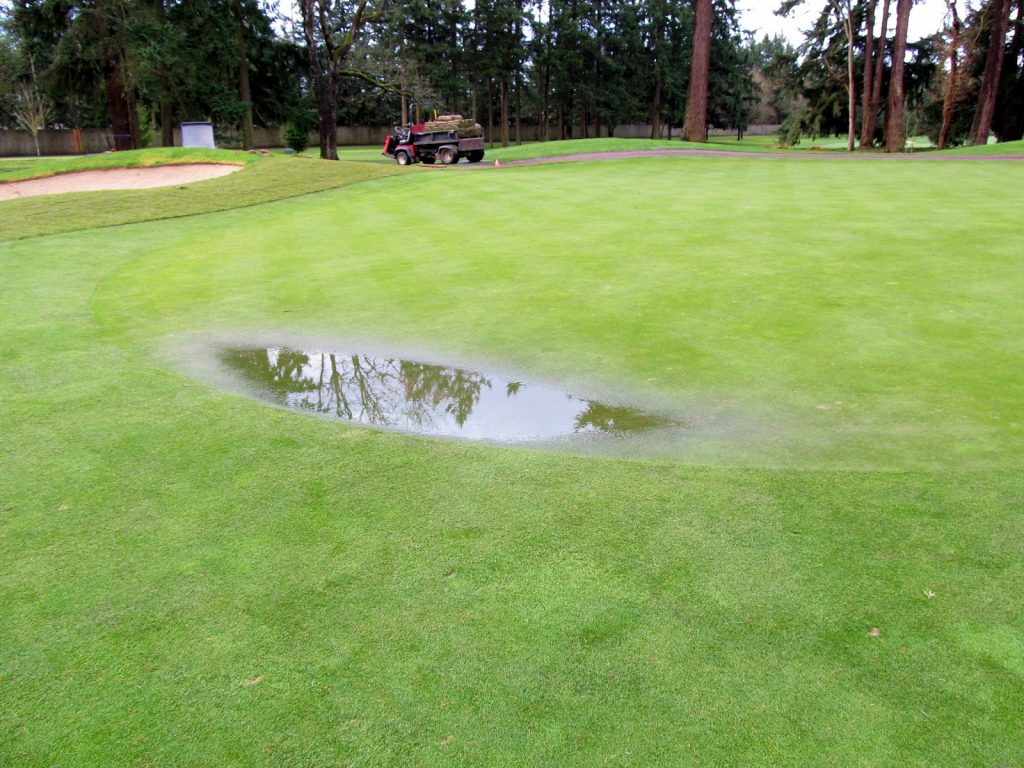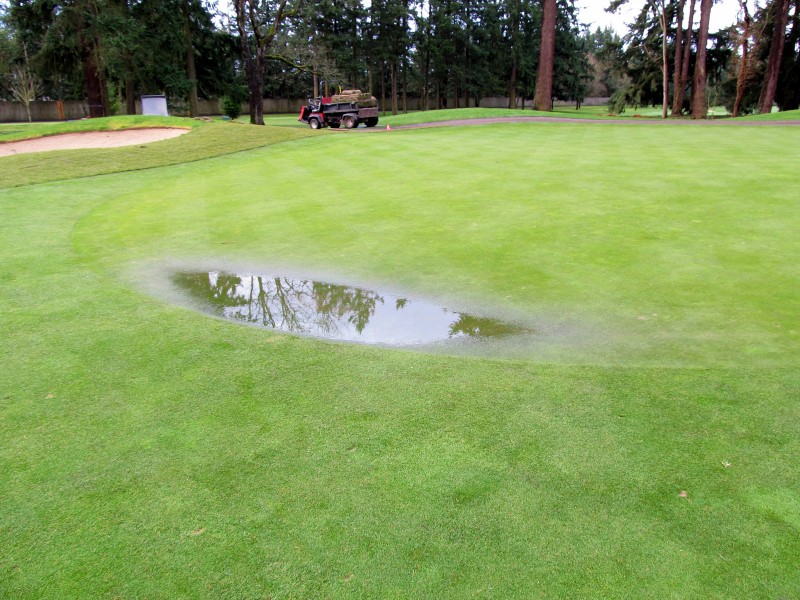
When you woke up that morning, you were surprised to find your raised mound draining slowly. How could that have happened? The raised mound was supposed to be the answer to a complicated soil system. Would your slow draining raised mound be indicative of a much more complicated soil type? When you stepped into the bathroom, your question was instantly answered. It wasn’t the soil type that made your raised mound drain slowly. The raised mound itself had a problem that needed to be corrected at the soonest possible time. Right then and there, you told your wife to take the kids and the dog to the park and mall. You told her that you will call her as soon as the raised mound was treated.
The septic expert inspected the interior of the house and the system as well. He said that there could be many caused of a slow draining raised mound:
1) Blockages
Any form of blockage could cause the raised mound to drain slowly. Blockages could come from grease, paint, disinfectants, napkins, diapers, plastic bags, and animal fats that you dump into the drains, toilets, and sinks. These substances cannot be broken down by the resident bacteria. They just stay in the raised mound’s tank and clog the system. You could also have blockages when you plant trees or other hardwood plants on or near the raised mound. Their invasive roots penetrate the raised mound components to gain access to nutrient-rich wastewater or effluent. As their roots grow into the system, they clog the pathway of the wastewater, therefore interrupting the treatment flow.
2) Killed off bacteria
The resident bacteria in the raised mound are those that are responsible for breaking down or decomposing the solid waste products that enter with the wastewater. These microorganisms are destroyed or killed off by the antibacterial solutions and harsh chemicals used in the household. If bacteria are eliminated, the solid wastes will overwhelm the system and prevent the treatment of wastewater. The wastewater would just back up, overflow, and cause slow drainage. It would really help if the products could be changes into environment-friendly or bacteria-friendly solutions. The normal number of bacteria could be restored by using biological treatments wherein additional non-pathogenic bacteria are added into the system.
3) High Water load
Increased water load from heavy rains and heavy laundry loads cause a decrease in decomposition rate. This also stirs up the sludge that clogs the entire system.
4) Damage
Damage could be made by invasive roots of trees and shrubs. Their complex root systems may penetrate deeply into the system and cause cracks and breakages. Relocate your trees away from the raised mound system. The raised mound components could also be damaged by vehicles and structures placed over the system. As much as possible, keep structures and vehicle off that part of the yard. If the raised mound components are damages, the wastewater will seep out through the cracks and cause backups and slow drainage.
5) Irregular pump outs
If you don’t comply with the regular pump out schedules, then your raised mound tanks will surely take over the system. It will completely block the flow of the wastewater treatment and cause slow drainage. Be sure to adhere to the scheduled pump out sessions that you have to clearly discuss with your septic expert.
When your septic expert was finished fixing your raised mound, he left you with the reminders that you should keep in mind. Follow them and you can never go wrong again. If you decide to not follow the direction of your septic professional then you can expect a slow draining raised mound system.
